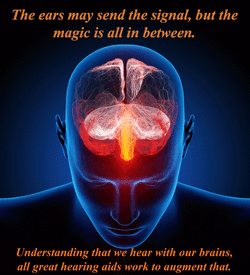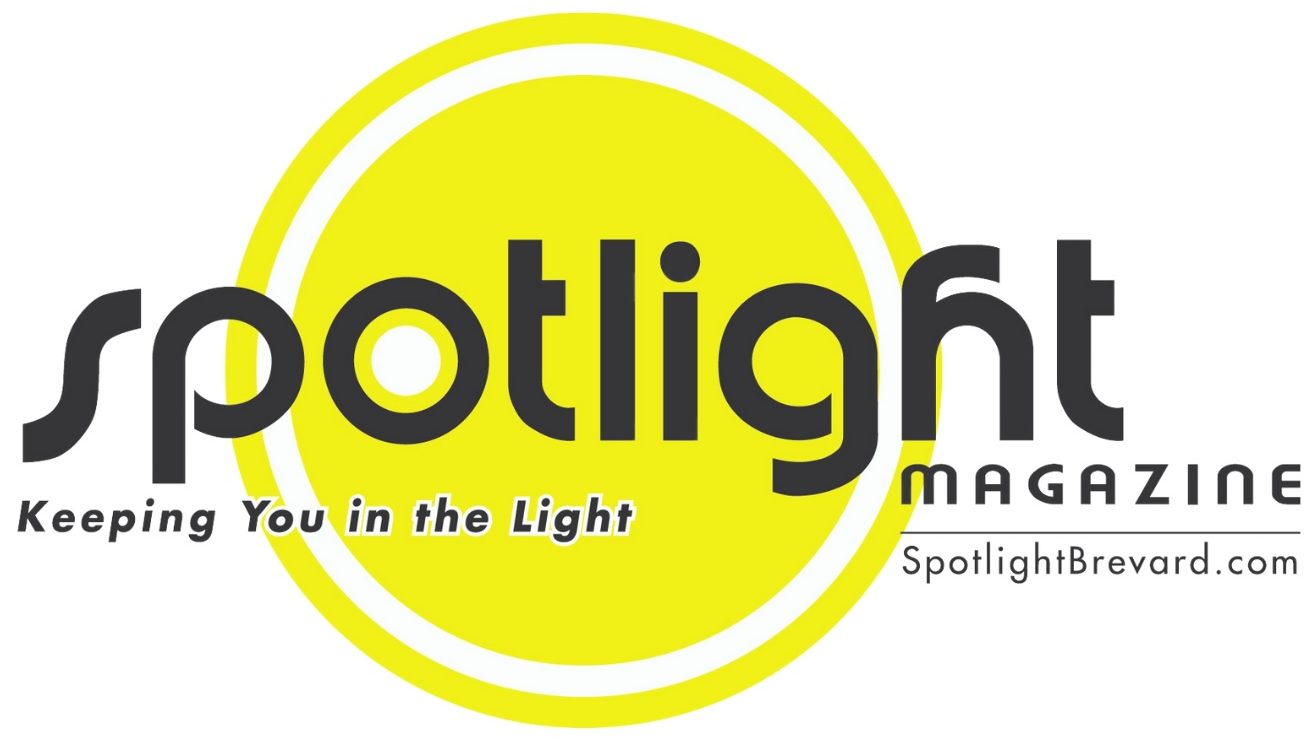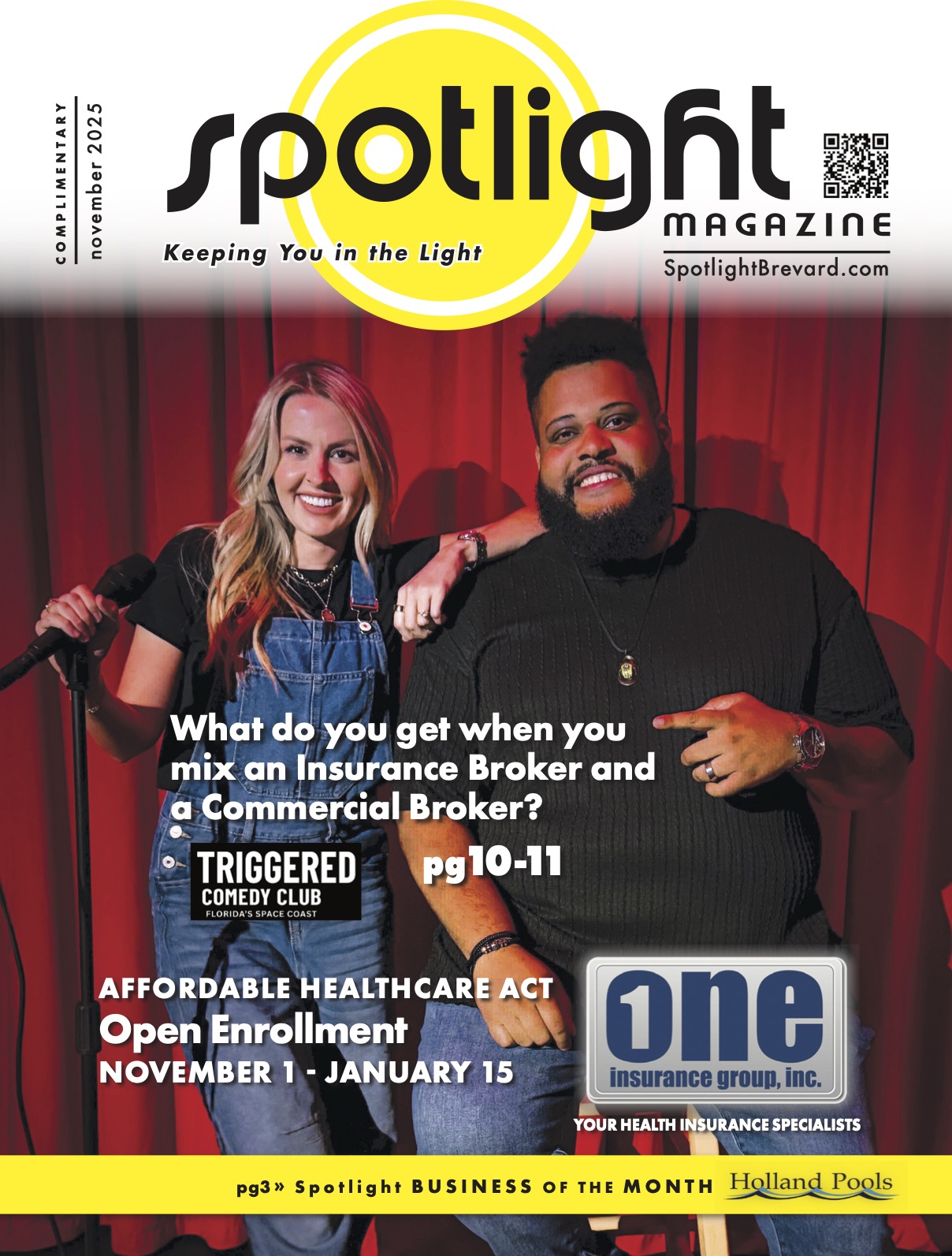
Here the detection separates from the processing. Audibility, or our ability to detect sounds, is a function of our ears, audition, or our ability to make sense out of what is being detected takes place not in the ears, but within the central auditory cortex of our brains. Different organs, different function. Though, to work well they must work together, and as an integrated system.
Oh, and don’t forget, vastly that different ways of processing and assigning value, meaning and importance come within each and every individual brain. We all process sounds slightly differently, as we all see and experience life. So much for simplicity.
Along with achieving audibility, or making sounds loud enough to be detected, any hearing aid system to actually get worn, has to keep those same sounds that they are amplifying to audibility within the comfortable range of the person wearing them. Just because we lose sensitivity to soft sounds, does not mean we gain tolerance for loud ones. The exact opposite is often the case with a damaged ear.
Due to loss of outer hair cell function within the cochlea, many hearing losses are accompanied by what is known as recruitment. This is a situation where a small increase in the actual volume of sound present, generates a very large growth of the experience of loudness by the listener with the damaged ear.
Keeping the soft sounds of speech both loud enough to be detected, yet still keeping loud ones within a listener’s comfortable range is critical to any successful fitting. For those folks who only live, and function in simple sound environments, and only expect to be able to understand within them, many times that is all that is needed.
Any good hearing aid system capable of amplifying to audibility the soft sounds of speech around a quiet dinner at home, while keeping the sounds comfortable, should someone slam a door, or drop a dish will work for this consumer due to their expected operational environment, and their performance expectations.
However, things begin to change drastically as we begin to add additional noise, or sound sources to the environment. Here, we not only have the issue of audibility and comfort to deal with, but also the issue of having the signal, in most cases the voice of the person speaking to us, immersed within a sound environment containing other things we don’t want to hear, or what we think of as noise.
This signal to noise ratio is absolutely critical to our ability to understand what we want to in those complex sound environments. Normal hearing individuals can often process speech and conversation out of a noisy sound environment three to five decibels higher than the signal being processed.
This amazing processing ability doesn’t go on in our ears, but again within the central auditory complex of our brains, as connected to both ears through millions upon millions, or even billions of neural connections and pathways. With a hearing loss, that ability is degraded to the point where most of us with a hearing impairment need the signal to be two to three decibels above that of the background noise in order to be understood by the listener.
As the sound environment gets more complex with more, and more sound sources the task of separating the desired signal from that of the noise also gets much more complex, especially for those with any hearing loss. Some multi-noise environments are easier to control than others. For example, if the background noise interfering with understanding happens to be a noisy air conditioner, or some other constant sound, filters can be applied to dampen that particular noise, to provide a better signal to noise ratio.
But, what happens when the signal, or that person we want to carry on a conversation with, is in the middle of dozens of other conversations, like in a noisy cocktail party, or busy restaurant, or social event?
In this case the signal and the noise are so similar that the only difference between the intended signal and the undesirable noise is the focus of the listener, which changes and moves with the conversation in any dynamic, or fun environment. Here the simple amplification approaches of the past fail for so many of us.
The babble environment of those noisy, fun social events, creates the most challenging environment of all. Being the most complex, the solution to this issue employs the most complex processing imaginable.
The very best example of it being done well, is that of the healthy hearing individual, whose ears and brains are capable of understanding that dinner companion despite the environment being that of all the other diners, dishes, clatter and background buzz.
This is why every major hearing aid manufacturer is looking to mimic, or actually improve upon this complex brain function, in order to improve that voice we want to listen to. And to do it to such a degree that it floats above the ambient background, even traveling with the attention of it’s user, allowing them to pick the conversation they want to listen to out of that crowded, social scene.
That gear is here today. Siemens calls it Binax, Oticon calls it Brain Hearing, ReSound calls it LiNX, Widex calls it their Dream, and Starkey calls it Halo. All of the state of the art gear from any of the manufacturers listed above are seeking to mimic, or actually improve upon the processing functions of our brains. All will give a listening experience that not only makes those soft sounds audible again, while keeping things comfortable in noise. All of their pinnacle products will honestly improve that speech signal even if, it is buried in the background babble of a busy cocktail party.
For a free, no obligation, personal experience of just how good today’s gear sounds just call us at: 321-722-2894, or drop by any weekday morning from 9:30 till noon, and experience what we mean by being patient centered, and results oriented.
From the top of the line Dream, or Brain Hearing systems, to quality used hearing aids, starting at just fifteen dollars, plus fitting, we have hearing solutions for every lifestyle, need and budget. Serving our neighbors from the heart of historic downtown Melbourne now for twenty-five years, it’s A Advanced Hearing Care, 720 East New Haven Avenue, Suite 12. Look for the four foot neon ear hanging in our lab and shining out onto downtown main street, between the post office and Matt’s Casbah.





